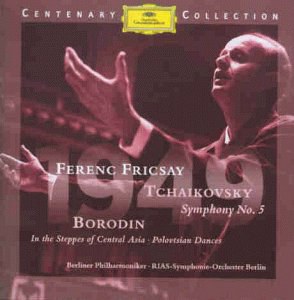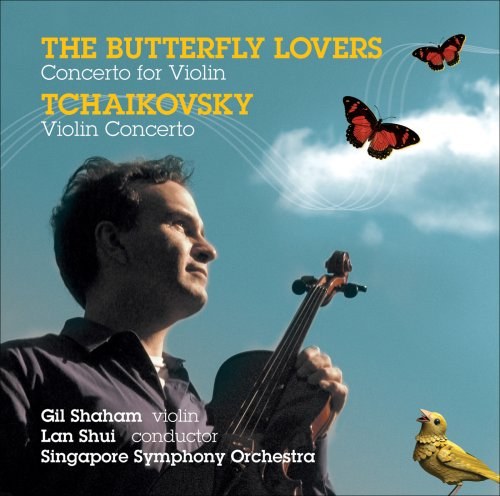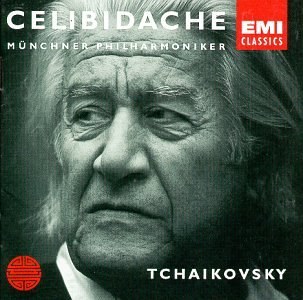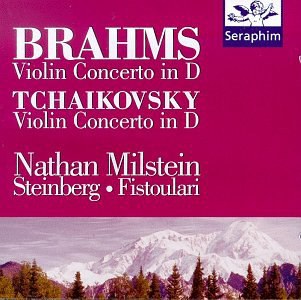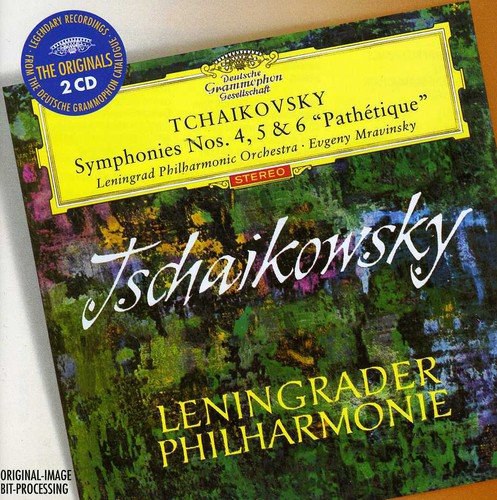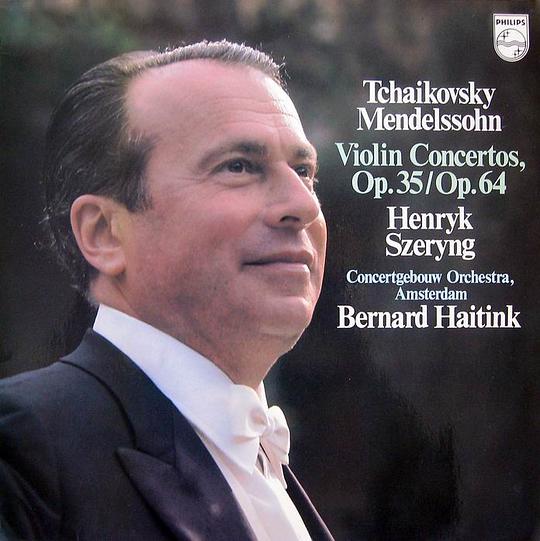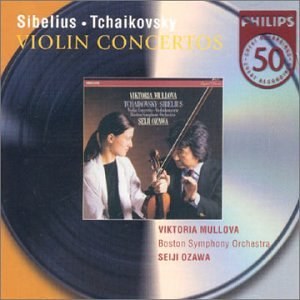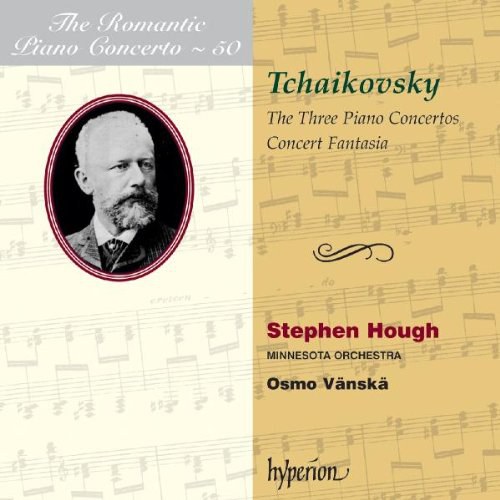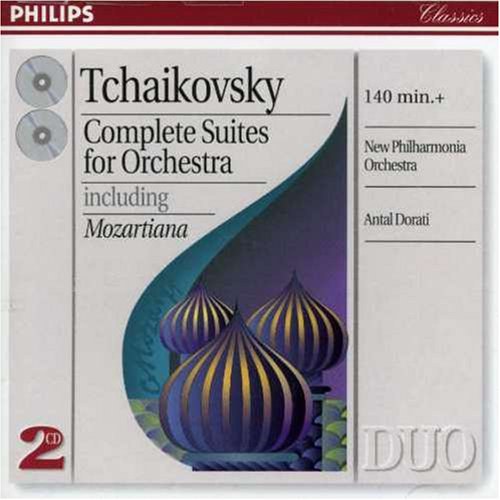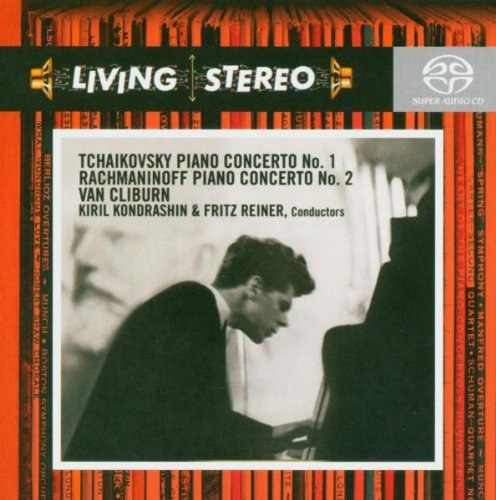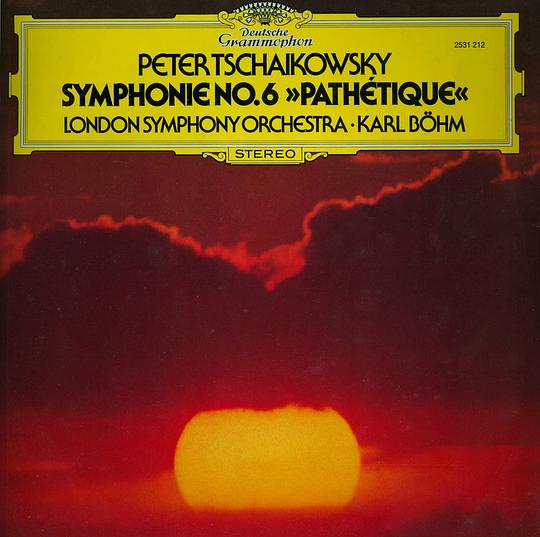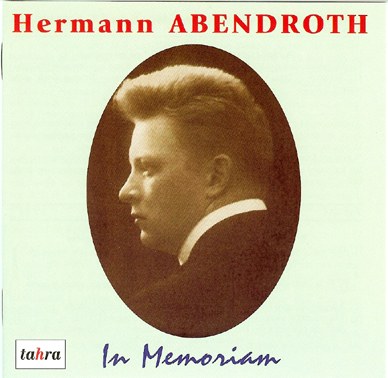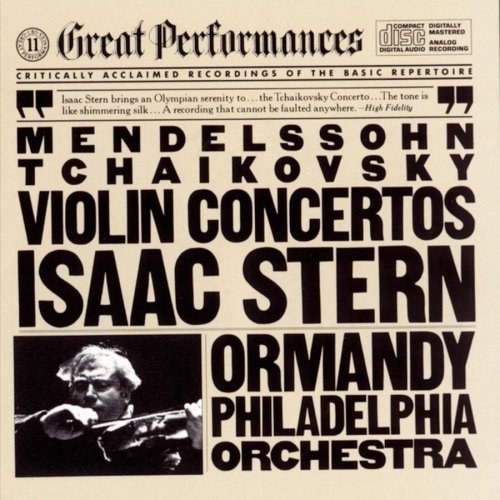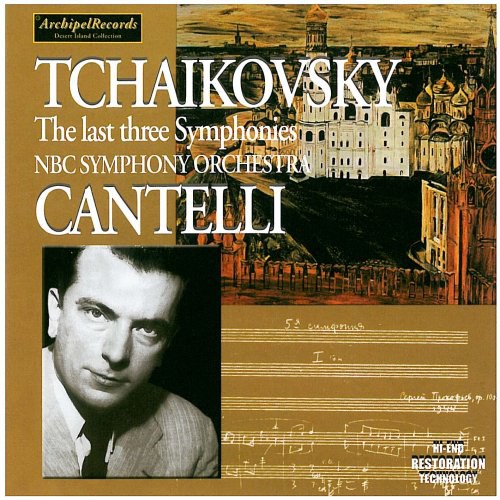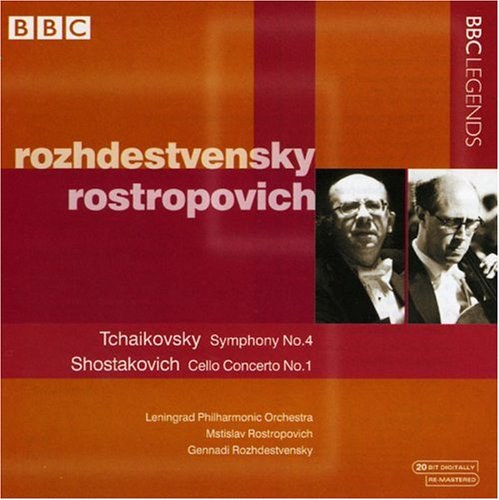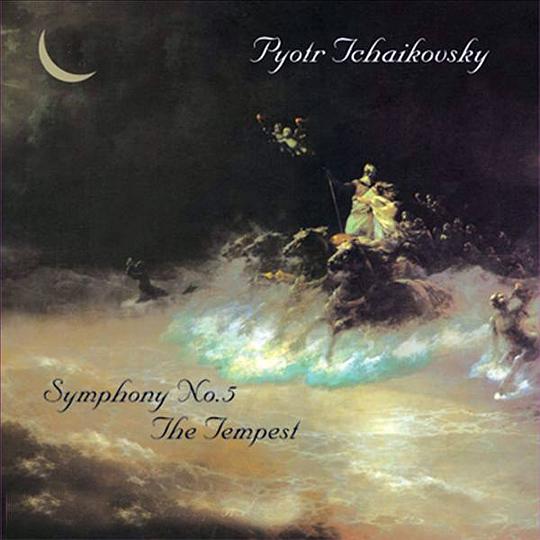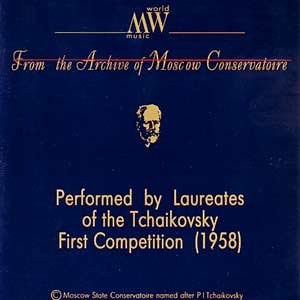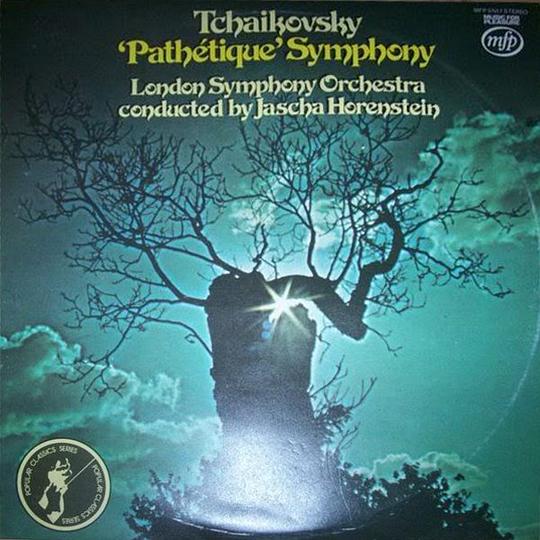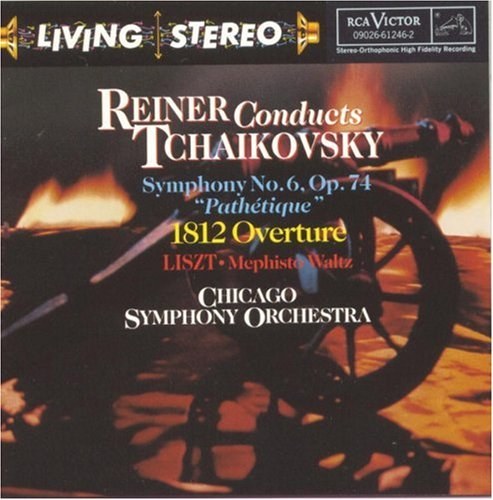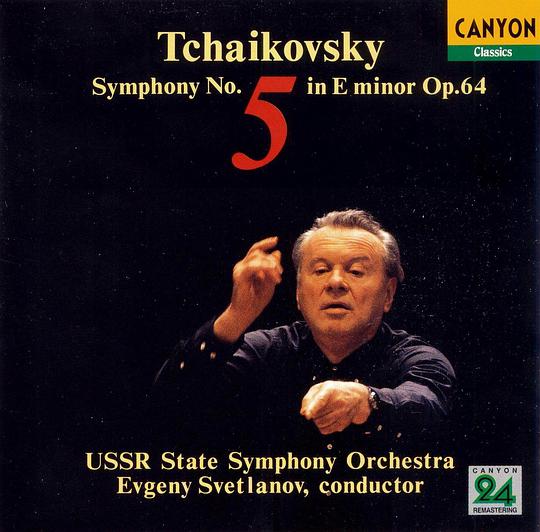TCHAIKOVSKY: Symphony No. 6 in B Minor, "Pathetique"
London Symphony Orchestra
Jascha Horenstein, conductor
Vanguard Cardinal VCS-10114, stereo LP
In 1967, record collectors clamored for recordings by the sadly-
ignored conductor Jascha Horenstein, particularly of the great
symphonies of Bruckner and Mahler that he championed. Though
Horenstein concerts were well-attended and the conductor could claim a
vocal and loyal following, he had not worked in the studio since the
Reader's Digest sessions in 1962, and his work for Vox had ended in
1958. Then surprisingly, EMI made a Horenstein recording, issuing it
on their full-price HMV label (ASD 2332). To the disappointment of
many, it was a record of the Tchaikovsky Symphony No. 6, the
"Pathetique" Symphony.
The cry went out, "WHY, WHY ANOTHER 'PATHETIQUE?'"
Critic Edward Greenfield, in England's record review magazine, The
Gramophone, gave Horenstein's "Pathetique" a write-up that was
lukewarm at best, unfavorably comparing the performance to the also
straightforward and undemonstrative, justly famous one conducted by
Otto Klemperer.
But that was all right to Horenstein's fans, who expected great things
to come. But alas, that was it. The floodgates had not opened on a
deluge of Horenstein recordings, after all. It would not be until 1969
that Horenstein recorded again, in the famous series that included
Brahms, Hindemith, Nielsen, Mahler, Panufnik and Simpson on the
independent label Unicorn.
When the EMI/HMV "Pathetique" was issued in Britain, at least it got
some attention. But in the USA: nothing. Despite Horenstein's fame,
which extended across the Atlantic and had been given a boost by a
mid-60s magazine review of all records of the Mahler Symphonies (it
judged Horenstein's Vox recording of the First as the best, and
proclaimed about the Ninth, "Back to Horenstein!"), not even EMI's
subsidiary Capitol Records, which issued EMI classical records on the
Angel label, was interested. In the USA, Horenstein's "Pathetique"
was licensed by EMI to Vanguard, which issued it on their midpriced
Cardinal label. It didn't get much notice and was soon deleted.
Now, over four decades later, the CD issue of Otto Klemperer's
"Pathetique", once in EMI's Klemperer Legacy series but now out of
print, commands prices at times nearing $200 in the used and collector
market. But Horenstein's "Pathetique" is still largely forgotten.
The Horenstein page at
ignores it. According to
Horenstein's second cousin Jakob, it has had one CD reissue, coupled
with shorter Tchaikovsky pieces conducted by Sir Malcolm Sargent on
the super-bargain label Royal Classics (ROY 6458) and sold only at the
Music Discount Centre chain of record shops. It's not available at
ArchivMusik.
Here's my transfer of this now-forgotten LP record. It's from a hardly-
ever played copy of Vanguard Cardinal VCS-10114, which already had a
tell-tale punchout on the record's jacket when I bought it as a cut-
out, a long, long time ago. Vanguard's surfaces were, to put it
charitably, variable. This one's got noise, especially at the very
beginning of the symphony; but not the worst I've ever heard, either;
and it goes away pretty quickly. There is a bit of tape overload or
cutter overload at the end of the third movement but it's not bad.
NOTE: Horenstein himself specified a minimal pause between the third
and fourth movements, so that the forced elation of the third movement
be rapidly followed by the resignation and depression of the fourth.
His wishes have been observed here in the short intervals at the end
of the third movement and the beginning of the fourth.
